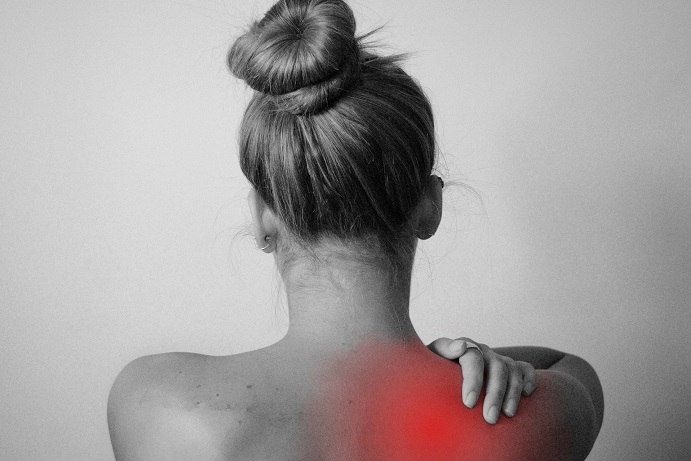How pain relief goes beyond painkillers
 “No pain, no gain” say the athletes - however people living with chronic pain would see it differently.
“No pain, no gain” say the athletes - however people living with chronic pain would see it differently.
For one in five Australians, persistent pain is affecting their day-to-day lives, both physically and psychologically.
Our pain specialist Dr James Yu raises awareness on the serious issue of chronic pain, and the various treatment options that are available.
One of the most common ways to manage pain is the use of opioids. However, they have their limits, is that right?
Yes, we do see a number of issues with opioid medication usage, mainly opioid use disorder, which consists of patients developing dependence and increased tolerance to the drug. This means that patients who keep taking higher dosages of opioids will end up with only 10 to 20% pain reduction, until they reach a stage where the opioids don't even help with the pain anymore.
They can also get into a stage called opioid-induced hyperalgesia, which means the more opioid they take, the more hypersensitised their central nervous system is, in which case it ends up causing more pain. Essentially, the use of opioids is a delicate balancing act between what they do for you, against what they do to you.
More importantly, it is crucial to understand that no treatment can be a stand-alone solution to chronic pain. It requires a multidisciplinary approach.
What do you mean by multidisciplinary approach?
It means offering a full gamut of pain treatment options. Too often, the misconception is that pain management boils down to pain medication as the only therapy.
It starts with assessing a patient’s situation with a holistic view, looking at not only their pain intensity but also their physical function and psychological status. This approach then applies to therapy, where we can tailor our recommendations based on our patient’s needs. There is a wide range of therapy options to consider, but whichever I prescribe, I also refer a patient to physiotherapy and psychology support. We know that improving physical and mental functions will improve patients’ quality of life and their pain coping mechanism.
The other element of a multidisciplinary approach is to encourage patients to adopt a healthy lifestyle, such as a balance diet, exercise, stop smoking. It is very important because a patient with a healthy body can more easily manage the pain.
Finally, we are also offering minimally invasive interventional therapy for pain relief as alternatives to pain medication or surgeries.

What are some of these alternatives procedures?
There is a wide range of interventional techniques, from simple nerve block injection to minimally invasive interventions.
One of the most advanced therapies is called spinal cord stimulation: we place small electrodes in the epidural space near the spinal cord that send electrical impulses to block pain signal transmission to the brain. This procedure requires a trial with temporary electrodes, to test the patient’s response to the stimulation. The treatment has a high success rate, varying from 50% to 80% depending on patients.
Platelet Rich Plasma (PRP) therapy is another type of intervention and is part of regenerative medicine. While it is a bit more experimental, there is increasing evidence showing its efficacy for pain control. It is a quite simple procedure: after drawing a patient’s blood, we spin it in a centrifuge for about 10 minutes, which allows us to collect plasma with high concentration of platelets (five to ten times more than in normal blood). We then inject the plasma to the patient’s injured part of the body. This procedure is particularly apt for patients who are seeking an alternative treatment rather than surgery, such as elderly patients or professional athletes.
Finally, one of the most common procedures for pain management is Radiofrequency treatment. It is mostly used for patients between 50 to 80 years-old, whose spine starts to become degenerative and causes facet joint arthritis - one of the most common cause of lower back pain. This technique utilises needles to generate heat, which is then targeted to “zap” specific small nerve branches to reduce back pain or neck pain. It usually provides pain relief for nine to 15 months.
How has the COVID-19 pandemic affected your patients?
It has affected my patients in various ways. During lockdown, my patients could not access physiotherapy treatment and saw their physical condition deteriorate. In addition, many chronic pain patients suffer from anxiety or depression, so adding on another layer of uncertainty, like COVID-19, has undoubtedly had an impact on their mental health.
The disease itself can also affect my patients. One of them, who recovered from COVID-19 a few months ago, still suffers from fatigue, as well as widespread muscular and joint pain - unfortunately, the illness has intensified her pre-existing chronic pain.